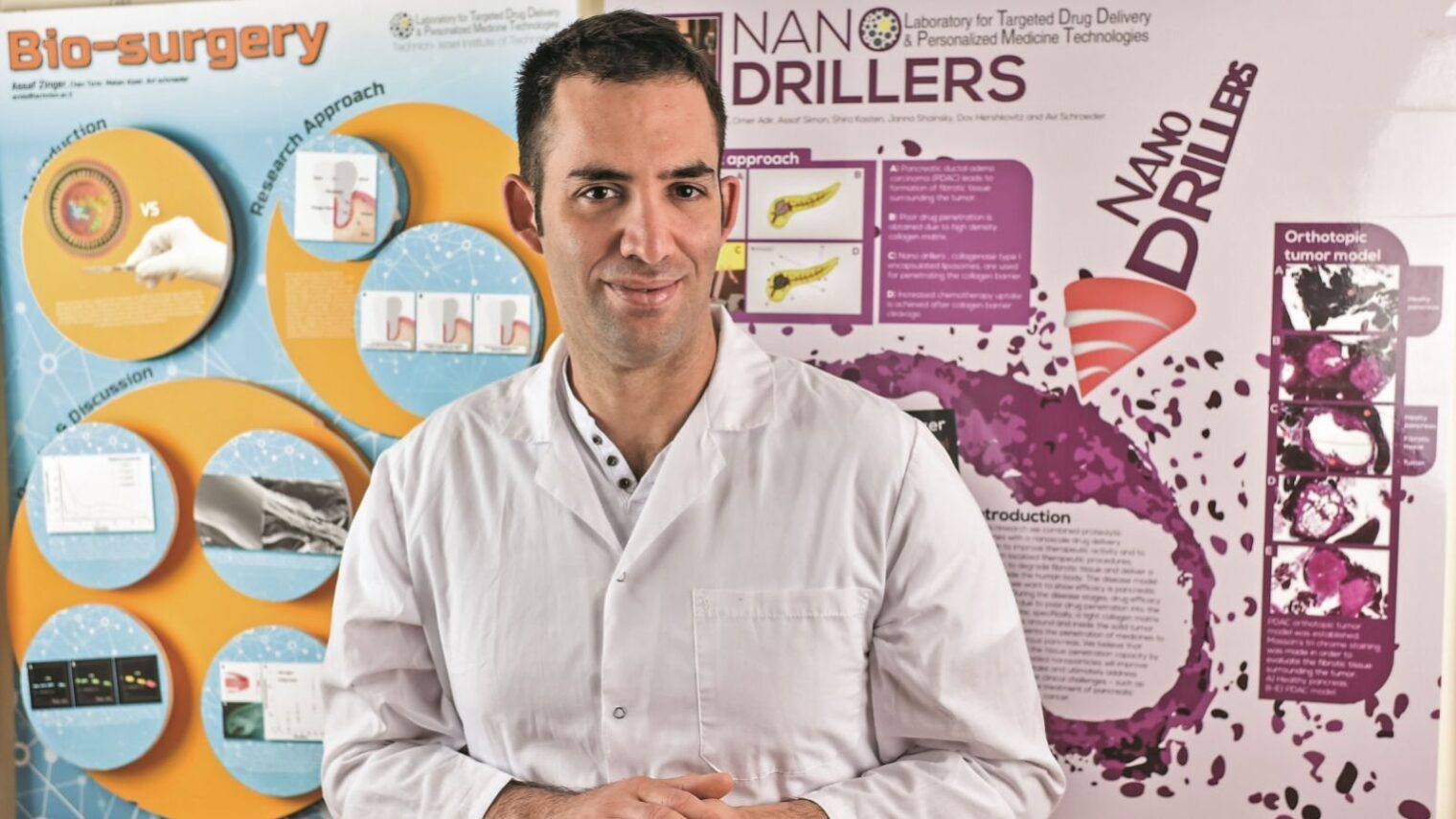Israeli researchers have developed a nanotechnology that replaces the surgical scalpel with an “enzymatic blade.” The novel technology is based on enzymes – biological molecules the body uses to repair itself — as well as nanoparticles for achieving a targeted therapeutic profile.
In an article published recently in ACS Nano, the researchers describe how the application of this technology in an oral surgical procedure avoids the pain associated with orthodontic surgeries and significantly reduces tissue recovery time.
“Surgical blades are common medical tools. However, blades cannot distinguish between healthy and diseased tissue, thereby creating unnecessary damage, lengthening recovery, and increasing pain. We propose that surgical procedures can rely on natural tissue remodeling tools — enzymes, which are the same tools our body uses to repair itself,” the scientists wrote.
In the United States alone, approximately 5 million people undergo orthodontic treatment each year. To speed up treatment, which typically lasts about two years, many undergo invasive surgery in which collagen fibers that connect the tooth to the underlying bone tissue are cut.
The technology developed by doctoral candidate Assaf Zinger at the Technion-Israel Institute of Technology in Haifa softens the collagen fibers via the targeted release of collagenase – an enzyme that specifically breaks down collagen.
The collagenase is packaged into liposomes, or nano vesicles, using techniques developed in Assistant Prof. Avi Schroeder’s Laboratory of Targeted Drug Delivery and Personalized Medicine at the Technion. After being placed at the surgical site, a calcium ointment is applied to activate the collagenase. The enzyme begins to leak gradually from the liposome and soften the collagen fibers.
A series of tests was done to determine the collagenase concentration optimal for the procedure and to accelerate tissue repair thereafter.

Shortens orthodontic treatment time
In a preclinical trial, the researchers compared the efficacy of the controlled-release system (in combination with orthodontic braces) to that of standard orthodontic treatment and concluded that the system reduces the time required for straightening teeth and improving therapeutic outcome.
This would translate to an orthodontic treatment that lasts several months, instead of the usual two years. The researchers estimate that their enzymatic blade could be used in humans within a couple of years.
Although it was tested in oral applications, theoretically the new technology can be used in a variety of surgical procedures and is potentially revolutionary.
“Over thousands of years, the surgical knife has been upgraded. However, the general paradigm has not changed. Here, in the current study, we present a considerable paradigm shift: replacing the metal blade with a biological process,” write the researchers.
“Through the combination of nanotechnology and proteolytic enzymes, localized surgical procedures can now be less invasive.”
Also taking part in this research collaboration were physicians from Tel Aviv Sourasky Medical Center’s Department of Pathology and the Rambam Medical Center Department of Oral Maxillofacial Surgery, as well as the director of the Moriah Animal Companion Center in Haifa.
The research was supported by grants from the European Council and European Union, German-Israeli Foundation for Scientific Research and Development, various Israeli foundations and Alon and Taub Fellowships.

















